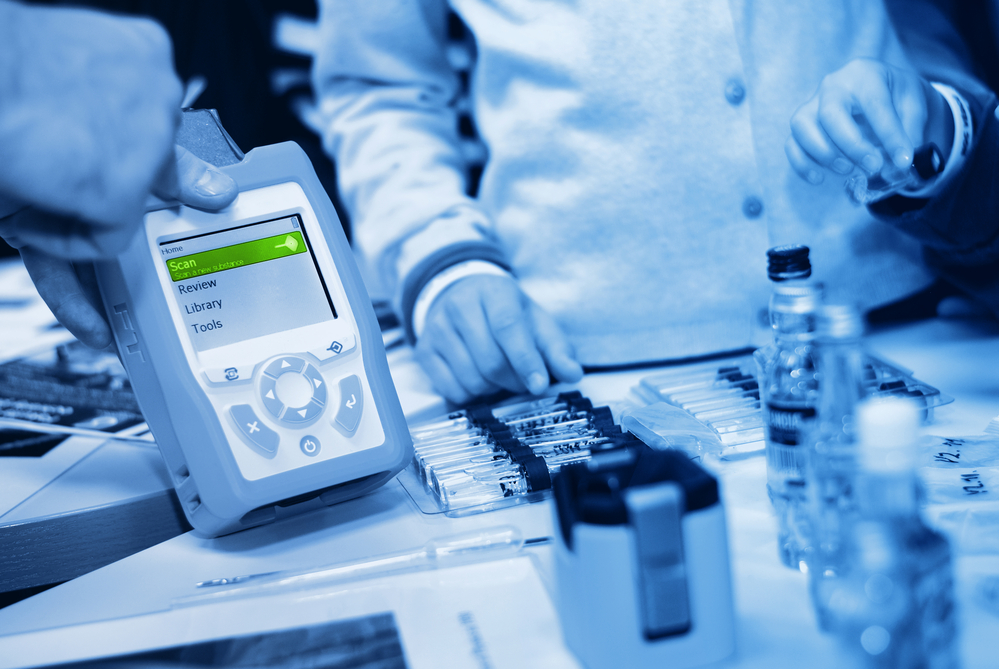
Tips for Mastering UV VIS spectroscopy
UV VIS spectroscopy, a powerful analytical technique widely used in various fields such as chemistry, biology, environmental science, and material science, plays a pivotal role in determining molecules’ electronic structure and concentration.
Understanding and mastering instruments like Agilent UV VIS spectroscopy can significantly enhance your ability to analyze compounds accurately. In this guide, we’ll delve into the fundamentals of UV VIS spectroscopy and provide valuable tips to help you become proficient in its application.
UV VIS spectroscopy involves the interaction of ultraviolet (UV) and visible (VIS) light with molecules, resulting in the absorption or emission of electromagnetic radiation. The basic principle relies on the measurement of the absorbance of light at specific wavelengths by a sample.
Understanding Absorption
Absorption occurs when a molecule absorbs light energy, causing electronic transitions within the molecule. The energy absorbed corresponds to the energy difference between the ground state and an excited state.
This transition can be quantified using Beer-Lambert’s Law, which states that absorbance (A) is directly proportional to the concentration (c) and path length (l) of the sample, represented by the equation: A = εcl, where ε is the molar absorptivity or extinction coefficient.
Selection of Solvents
Choosing the appropriate solvent is crucial in UV VIS spectroscopy as it affects the stability and solubility of the sample. Common solvents such as water, ethanol, and methanol are often used, but compatibility with the analyte must be considered to avoid interference or degradation.
Calibration and Standardization
Accurate calibration is essential for quantitative analysis using UV VIS spectroscopy. Prepare standard solutions with known analyte concentrations and measure their absorbance under identical conditions to construct a calibration curve. This curve serves as a reference for determining the concentration of unknown samples based on their absorbance values.
Tips for Mastering UV VIS spectroscopy
Now that we’ve covered the fundamentals, let’s explore some tips to help you master UV VIS spectroscopy:
Optimize Instrument Parameters
Familiarize yourself with the instrument’s settings such as wavelength range, slit width, and scanning speed. Adjust these parameters based on the characteristics of your sample to enhance sensitivity and resolution.
Perform Baseline Correction
Before analyzing samples, perform baseline correction to eliminate any background interference or noise. This ensures accurate measurement of the sample’s absorbance by subtracting the baseline absorbance from the total absorbance spectrum.
Minimize Sample Contamination
Keep the sample cuvettes clean and free from contaminants to prevent interference with the absorption spectrum. Rinse cuvettes thoroughly with the appropriate solvent and handle samples with care to avoid contamination.
Consider Sample Dilution
For samples with high concentrations, consider diluting them to bring the absorbance values within the linear range of the instrument. This prevents signal saturation and ensures accurate quantification.
Understand Spectral Interpretation
Interpretation of UV-VIS spectra involves identifying characteristic absorption peaks corresponding to specific functional groups or chromophores within the molecule. Consult reference spectra and literature to aid in the interpretation of absorption patterns.
Perform Validation Studies
Validate the method by assessing parameters such as linearity, accuracy, precision, and robustness. Conduct validation studies according to regulatory guidelines to ensure the reliability and reproducibility of your results.
Explore Advanced Techniques
Explore advanced techniques such as derivative spectroscopy, wavelength scanning, and spectral deconvolution to extract additional information from UV-VIS spectra. These techniques can enhance spectral resolution and facilitate the analysis of complex samples.
Conclusion
Mastering UV VIS spectroscopy requires a combination of theoretical knowledge, practical skills, and attention to detail. By understanding the fundamentals of absorption, optimizing instrument parameters, and following best practices, you can effectively analyze samples and extract valuable information from UV-VIS spectra. Incorporate these tips into your analytical workflow to enhance the accuracy and reliability of your results, ultimately advancing your proficiency in UV VIS spectroscopy.







